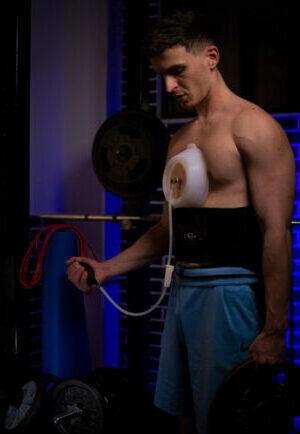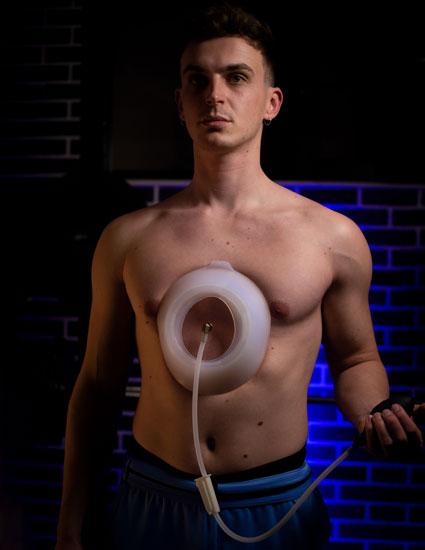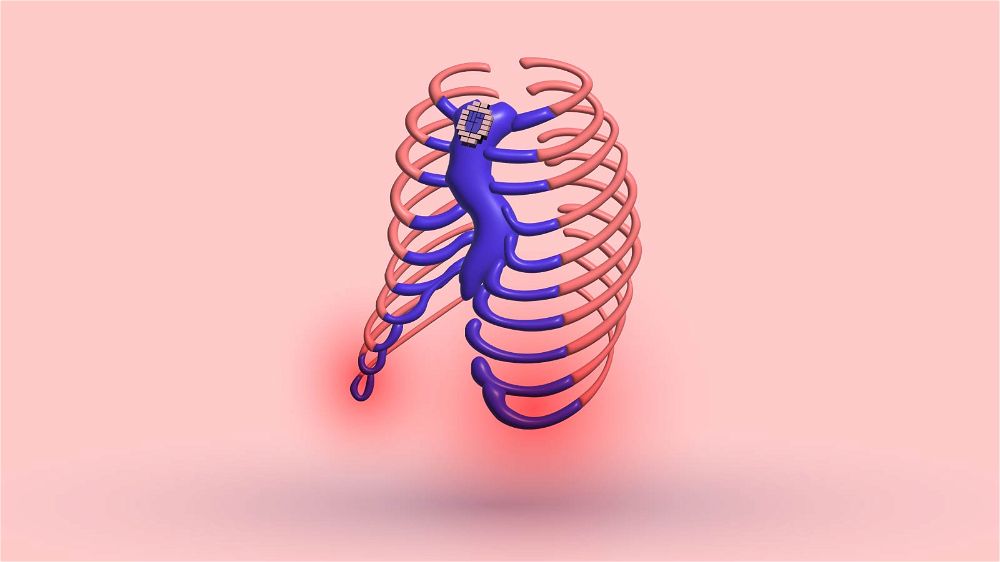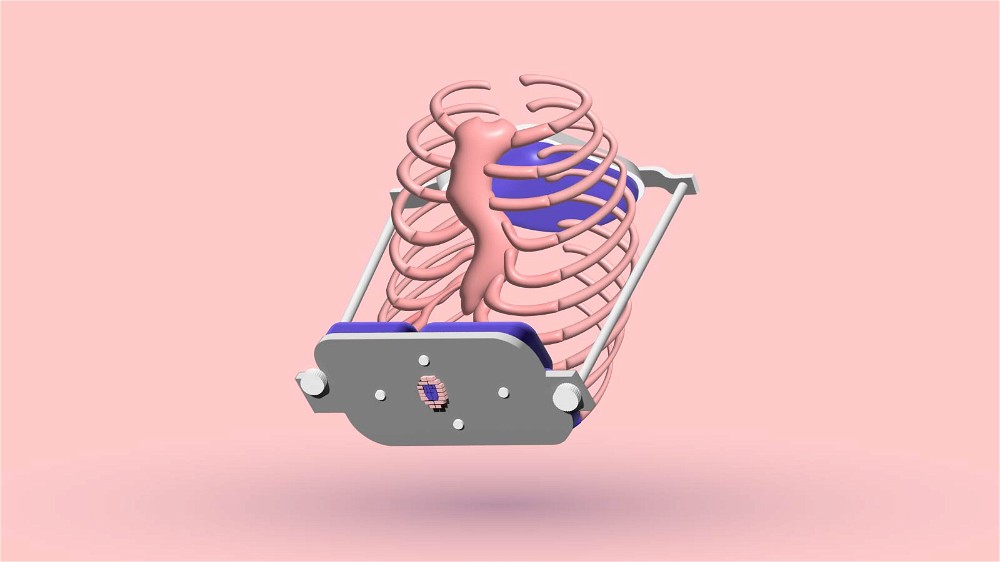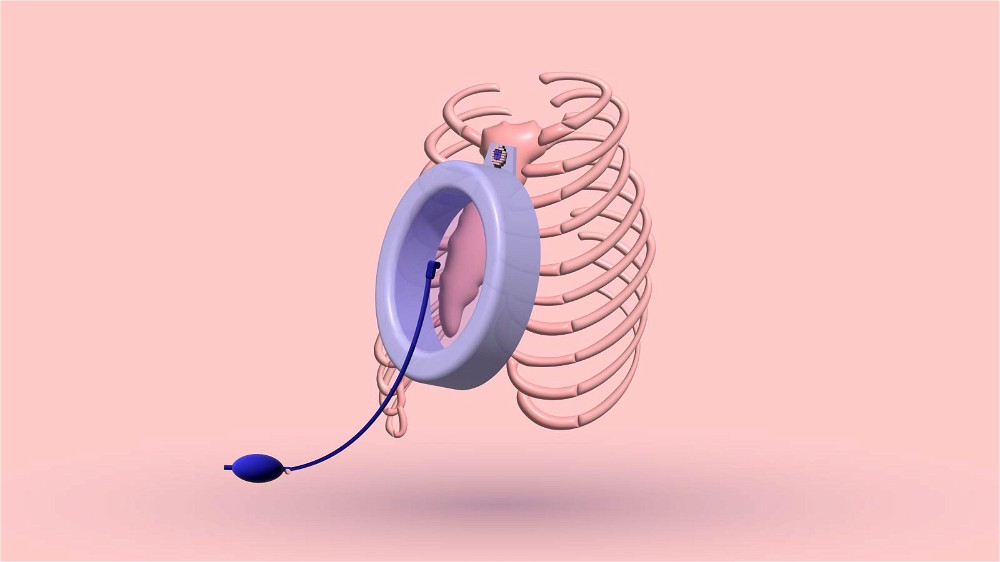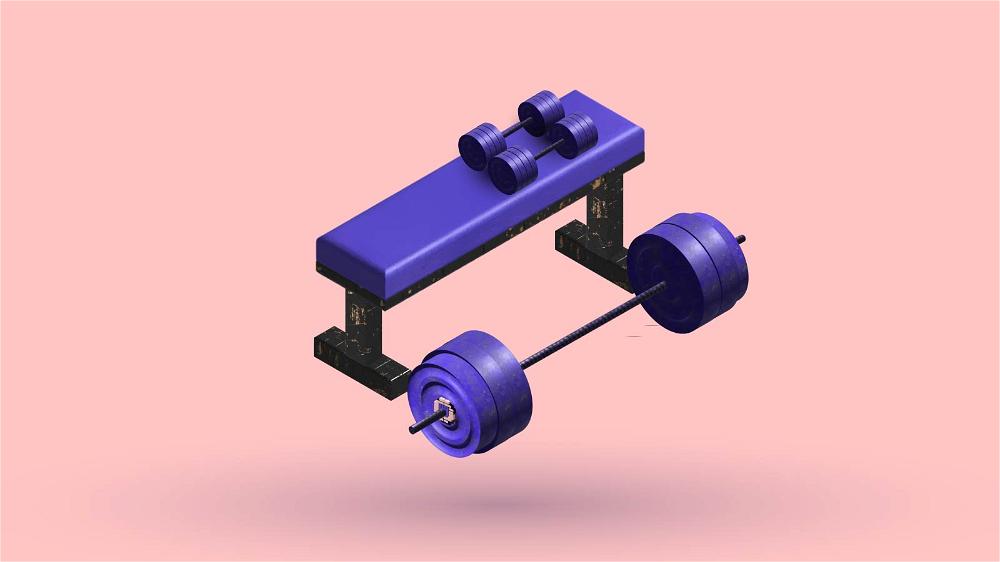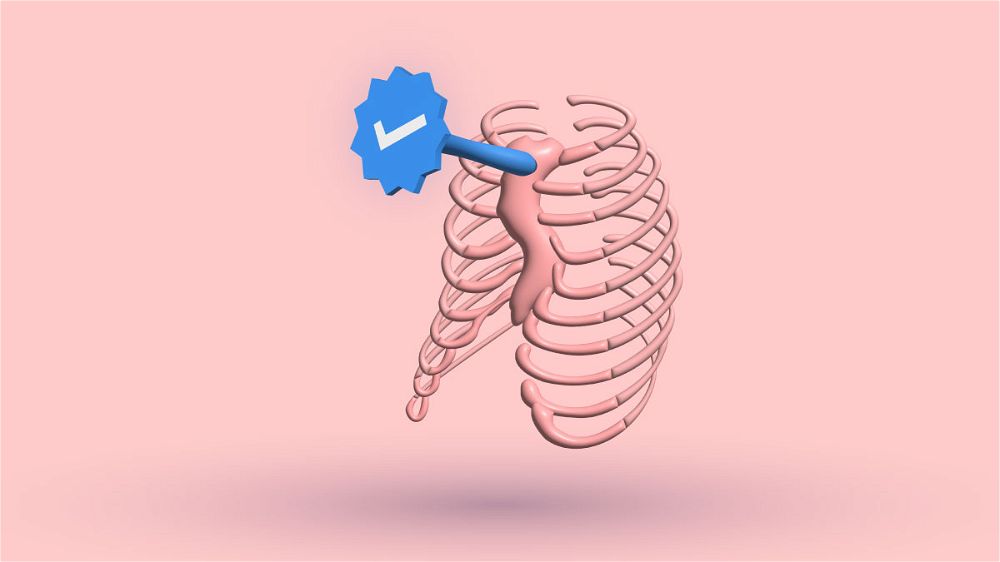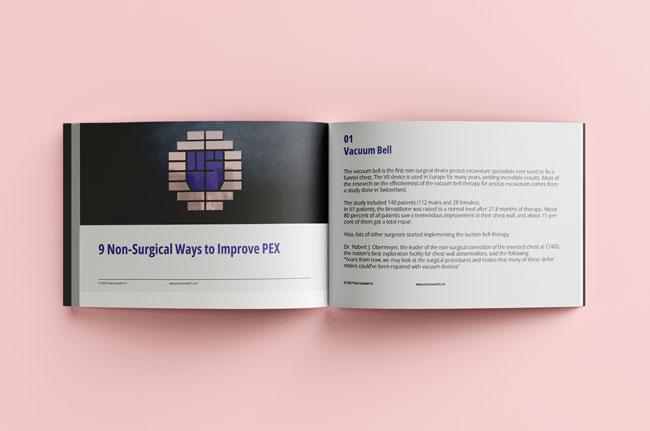Skateboarding is an extreme sport where the skater does tricks on a street-like course, including steps, handrails, curbs, benches, and barriers, improving their skills day-to-day.
Such extreme street sports are part of an urban culture in which, of course, if you have pectus excavatum, you should not be afraid or ashamed, and it should not be a problem for you.
Instead, I hope you will find the sport very enjoyable. It is fantastic for socializing; trust me, skaters will find your sunken chest very cool.
Stories from skaters with pectus excavatum
Fortunately, on the Internet, you can often find stories shared by young people who have pectus excavatum and regularly skate. They said they had no problem with it.
Some say that they have never even felt a problem with breathing and consider their deformity something unique that they can show off.
Such thoughts and actions are encouraging.
Some skaters who underwent surgery to correct their sunken chest shared their post-operative recovery stories and returned to do what they love after their surgeons allowed them.
A patient who had Nuss surgery four months ago shares his happiness about the answer received from his doctor that he can continue to skate.
The good news is that there are a lot of positive stories like this.
I’ve tried skating, certainly not professionally, just for fun and curiosity, and I haven’t had any issues related to my sunken chest. Of course, you are free to stop anytime and not endanger your health if you sense any problems.
So, take care and have fun.
Injuries and risks and how to avoid them
Head injuries, especially concussions, offer the highest risk for young skateboarders. These can result in long-term disabilities in severe circumstances, even death.
Skateboarders who fall on their arms after losing their balance could sustain hand, wrist, or shoulder injuries.
Fractures and other ankle injuries are also frequent.
What about chest injuries?
Therefore, having a pectus excavatum deformity doesn’t make skating more or less dangerous. Injuries to other body areas are far more common than chest injuries.
Consequently, you can even wear a compression undershirt with pads to prevent any possible rib or chest injuries if you’re afraid. Also, wearing a helmet is preferred to lower the likelihood of serious injuries.
And, of course, the most important thing is to gain experience, learn how to fall, and know when to stop and how. Exercising in safer places is also very essential.
Post-operative accident with pectus excavatum
The number of such cases that are known or shared on the Internet is insignificant. But this article shows the possible risk for complications in the pectus excavatum post-operative period while doing physical activities.
Two patients had their sternal bars dislodged within six weeks after their operations due to strenuous physical activity, such as skating, and surgeons removed their bars five months after surgery.
Importance of Recovery Period
That leads me to conclude that a few extra weeks of patience and carefulness may be crucial in your recovery, and after that, you’ll be able to return to skating with full intensity again.
Finally, remember that everyone’s recovery path is different. That is why your surgeon carefully monitoring your case will be the best, and after your doctor’s approval is when you should continue with everyday activities.
Advice for young skaters with pectus excavatum
If you are a young person currently in a post-operative period in which you must be absent from all socializing and street sports, know that this will pass, and don’t let it discourage you.
I know it’s hard, but if you are a teenager who cannot skate due to a pectus excavatum problem and want to be with your friends, please put yourself first and take care of your health. This is essential in those times.
Please, don’t be hardcore regarding the post-operative recovery period. It can prolong your recovery and require additional surgery if you dislocate the Nuss bar after falling awkwardly. It will be a painful and traumatizing process. That is why patience is the key.
After improving your chest condition, skating awaits you with open arms.
The percentage of successful chest deformity operations is high, and the rate of terrible injuries in the postoperative period is low if the patient follows the surgeon’s recommendations. That period is the most critical for the health of a pectus excavatum patient. Please, be careful.
That is important to note since, as far as I am aware, most participants in skating are young people who are strong, fearless, and capable of handling challenges. That’s why I’ll remind you to trust your doctor and stay strong during that uncomfortable time. Take care.
5 Sources
- About Street Skateboarding [Internet]. [cited 2022 Dec 15]. Available from: https://www.topendsports.com/sport/list/skateboarding-street.htm
- expectus. What Is Pectus Excavatum? Growing Up With PE, Causes, Surgery, and Exercise [Internet]. HubPages. [cited 2022 Dec 15]. Available from: https://discover.hubpages.com/education/What-is-Pectus-Excavatum
- 4 months ago I had pectus surgery because I was born with my sternum in. I just got cleared from the doctor and I’m out doing what I love again. : skateboarding [Internet]. [cited 2022 Dec 15]. Available from: https://www.reddit.com/r/skateboarding/comments/13ujef/4_months_ago_i_had_pectus_surgery_because_i_was/
- Common Skateboarding Injuries & Safety Tips | UPMC [Internet]. UPMC Sports Medicine. [cited 2022 Dec 15]. Available from: https://www.upmc.com/services/sports-medicine/for-athletes/skateboarding
- Recent Experience With Open Repair of Pectus Excavatum With Minimal Cartilage Resection | JAMA Surgery | JAMA Network [Internet]. [cited 2022 Dec 15]. Available from: https://jamanetwork.com/journals/jamasurgery/fullarticle/398889


